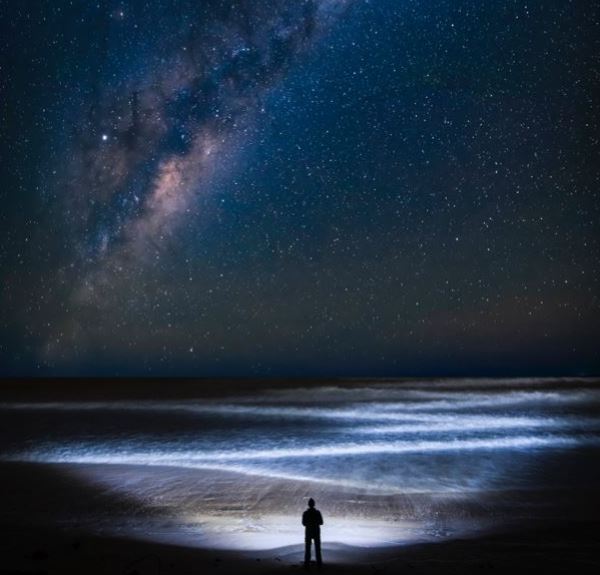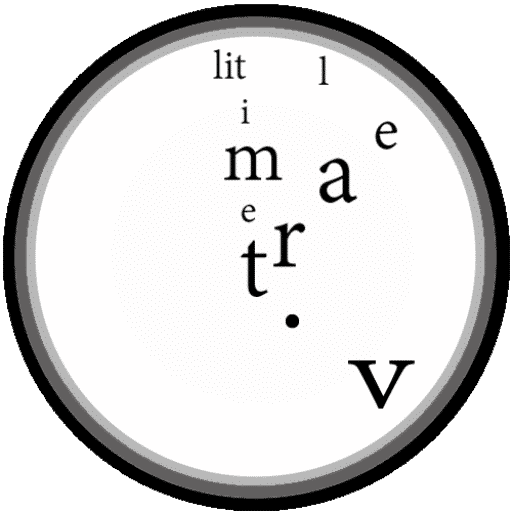
If you think “fantasy,” what novels pop up in your mind? J.R.R. Tolkien’s The Lord of the Rings? C.S. Lewis’s The Chronicles of Narnia? Or more recent works like J.K. Rowling’s Harry Potter series and Game of Thrones by George R.R. Martin? These authors are definitely the big names of fantasy with their masterpieces made into widely successful film/TV adaptations.

But have you heard of Ursula K. Le Guin’s Earthsea novels?
If you haven’t, you’re missing out on the most magical, critically-acclaimed fantasy series of all time that’s criminally overlooked by the mass. Allow me to introduce you to Le Guin’s A Wizard of Earthsea.
A Wizard of Earthsea: Tale of Wisdom

Photo by Trevor McKinnon.
A Wizard of Earthsea is the first novel of The Earthsea Cycle, a series of six novels written by Ursula K. Le Guin. Published back in 1968, the book narrates the story of a great wizard named Sparrowhawk, before he became dragonlord and Archmage of all of Earthsea. Le Guin explains in the afterword of the 2012 edition (published by Houghton Mifflin Harcourt) that she got the idea for the book after imagining what it would have been like for wizards such as Merlin and Gandalf to learn to be wizards. And A Wizard of Earthsea is just that: how Sparrowhawk, aka Ged, came to be a great wizard, of when he was young and yet a “fool kid.”

It includes the author’s afterword.
One gets to see the main character, Sparrowhawk/Ged, grow from a young, impatient boy from the island of Gont to a wise, thoughtful wizard after unleashing an evil shadow onto the world while meddling with ancient spells at the School for Wizards. Running away from the dark unnamed being that hunts him, he learns from his mistake and pride, eventually setting forth to face the evil to do what must be done. It’s a magical tale of growth filled with nuggets of wisdom that only come from someone who’s lived long enough to know the ways of the world or insightful enough to understand one or two things about how life works.
It’s not flashy or action-packed, although there are enough adventures throughout. Unlike many of today’s wild, fast-paced novels, A Wizard of Earthsea is a calm, peaceful journey of a reading with irresistible charm and intrigue. And while novels popular with the masses these days are like cheap fast-food with little nutritional value, Le Guin’s A Wizard of Earthsea is like a healthy, well-cooked meal to enjoy with ample amount of time.

The World of Earthsea
Another beauty of Le Guin‘s A Wizard of Earthsea is the incredible worldbuilding. As you follow the protagonist, Ged, on his voyages to the different isles of Earthsea, the world genuinely feels more than some fictional creation. Le Guin crafted the world so well with her descriptions and explanations that Earthsea feels like it’s part of the world we live in, tucked away in some part of the world not well known yet.

As opposed to some other fantasy novels I’ve read lately (*cough* Lightlark *cough.* To see what I mean, check out my Lightlark posts HERE.) the world of Earthsea makes sense. It make so much sense that I buy into the world Le Guin created, so much to the point that it feels like a real world I haven’t explored yet. Her descriptions of the isles and the seas, the people of the different parts of Earthsea don’t confuse me, despite the presence of magic, wizards, and dragons. And not only is her worldbuilding easy to understand, consistent and unique, but it’s also deep.
Here’s what I mean:
True Names of Things
In the world of Earthsea, there is the Old Speech and New Speech, much like how there are Old and modern English. (And like how all languages today have their ancient and modern counterparts.) For wizards to use magic, they must use the true names of things in the Old Speech. As Le Guin explains on page 54, “magic consists in this, the true naming of a thing.”
Here’s how the Master Namer, Kurremkarmerruk, of the School for Wizards explains the principle:
"But magic, true magic, is worked only by those beings who speak the Hardic tongue of Earthsea, or the Old Speech from which it grew. That is the language dragons speak, and the language Segoy spoke who made the islands of the world, and the language of our lays and songs, spells, enchantments, and invocations. Its words lie hidden and changed among our Hardic words." - From A Wizard of Earthsea by Ursula K. Le Guin. Page 54-55.

Real Names
In accordance to this principle of true names, the people of Earthsea have “real names” that they cannot share with anyone but close friends and families they trust:
"No one knows a man's true name but himself and his namer. He may choose at length to tell it to his brother, or his wife, or his friend, yet even those few will never use it where any third person may hear it. In front of other people they will, like other people, call him by his use-name, his nickname... Who knows a man's name, holds that man's life in his keeping." - Le Guin 81-82.

Danger of Shapeshifting
Just listen to this excellent explanation as to why shapeshifting is extremely dangerous to wizards:
"As a boy, Ogion like all boys had thought it would be a very pleasant game to take by art-magic whatever shape one liked, man or beast, tree or cloud, and so to play at a thousand beings. But as a wizard he had learned the price of the game, which is the peril of losing one's self, playing away the truth. The longer a man stays in a form not his own, the greater this peril." - Le Guin 147-148.

These ideas, including the power of names, the true names of different things and people, and the danger of shapeshifting, make such great sense and are kept consistent throughout the entire novel that with the map, Earthsea feels as real as clusters of unexplored islands in the middle of the Pacific:

Conclusion

A Wizard of Earthsea has all the elements of true fantasy: magic, dragons and quests that span across seas. It’s a treat to follow Ged on his journeys from one isle to another, using the map illustrated and provided by the author herself. But unlike your conventional fantasy books, Earthsea shows paths a young boy takes to become the great wizard that he later becomes. Through his grave mistake and subsequent trials, Ged learns to face his fears, ultimately overcoming them to become whole as he masters the darkness within.
🧙♂️🦅🌠
A Wizard of Earthsea exudes much wisdom about life, offers plenty of suspense from the existence of “the shadow,” and bewitches readers with flawless, deep worldbuilding. It is a masterfully written book that deserves its spot right beside the biggest titles of fantasy literature.
It’s one of the best fantasy novels of all time.

P.S. The next Earthsea novel is called The Tombs of Atuan. It even won a Newbery Award in 1972!


I can’t wait to read all the sequels. I have a feeling that they’re all going to be stellar like A Wizard of Earthsea.
P.P.S. Learn more about the incredible mind behind Earthsea, author Ursula K. Le Guin, by visiting her official website HERE.
